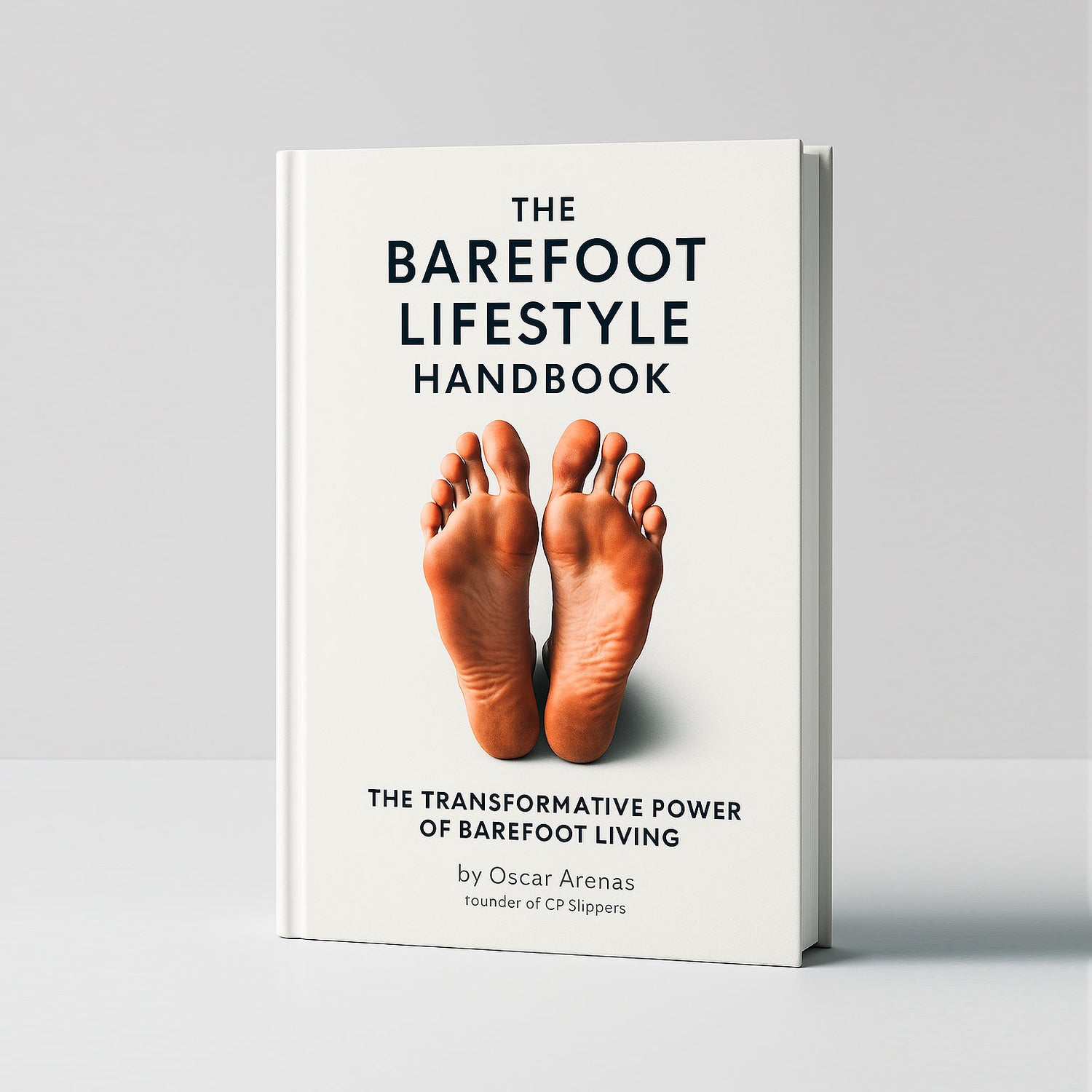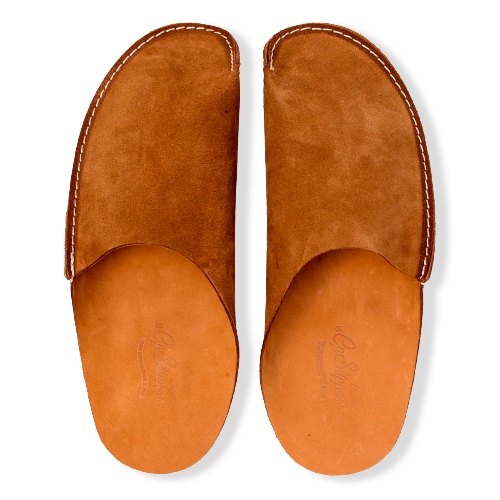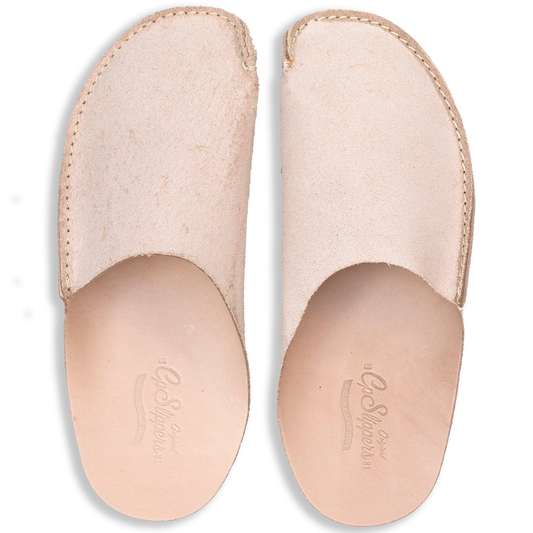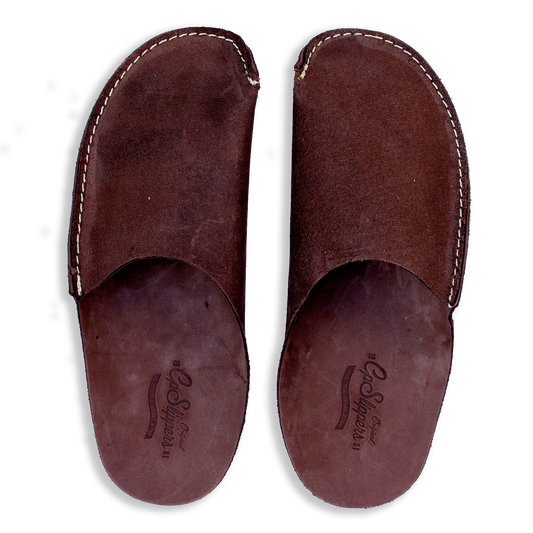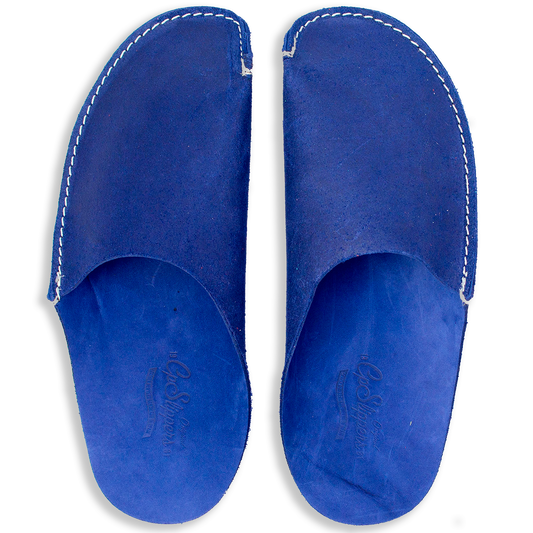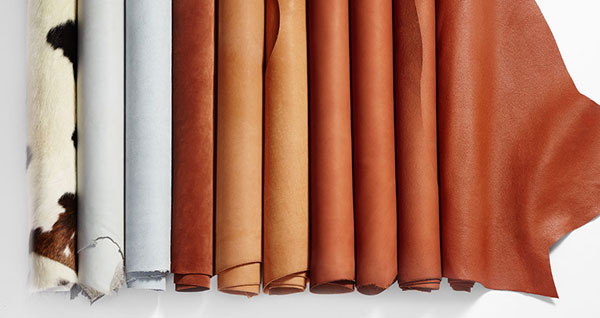
Exotic Leathers: Unique Hides & Sustainable Luxury
Oscar ArenasExotic leather evokes images of rare animals and high fashion, but responsible sourcing is key. At CP Slippers we celebrate craftsmanship while condemning illegal poaching. Rhino populations, for example, have been decimated by demand for their horns; only about 6 487 black rhinos remain in the wild and poaching has caused a 96 % decline since 1970. We therefore focus on hides obtained from species that are abundant, farm‑raised or legally managed under CITES and other conservation frameworks.
Kangaroo leather: strength without weight
Kangaroos are not farmed and are far from endangered; there are more kangaroos than people in Australia and they are often considered pests. Harvesting their meat and hides helps prevent overpopulation and makes good use of animals culled in the outback. The leather itself is exceptionally strong and flexible for its thickness. Its uniform fibre structure gives it a higher strength‑to‑weight ratio than cowhide and goatskin. Boots and cleats made from kangaroo distribute energy evenly and resist tearing, which is why motorcycle suits and soccer shoes often use this material.
Ostrich leather: softness, oil and durability
Ostrich leather is prized for its unique “quill” texture. Natural oils in the skin prevent desiccation, cracking and stiffness, enabling products to last 30 years or more—much longer than calf leather. The leather is soft yet remarkably strong, waterproof and elastic. Follicles from the bird’s feathers create a signature bump pattern that determines price: full‑quill sections from the back are the most expensive. Its high oil content and elastic structure mean ostrich leather resists wear, takes dye well and can be produced in hundreds of shades.
Alligator vs. caiman: bone structure matters
Among crocodilians, American alligator skin is softer and more pliable because it lacks the heavy calcium deposits found in caiman scales. This makes alligator hide easier to cut, fold and dye; its uniform colour and large panel size are ideal for luxury luggage and footwear. Caiman skin, by contrast, has stiff calcium rivets in the centre of each scale that persist even after tanning. Caiman hides are smaller, so more pieces and stitching are needed for large items, but the pronounced texture appeals to those who value rugged aesthetics. Because alligator leather is easier to work and considered more luxurious, it commands a higher price.
Elephant leather: thick grain and legal oversight
Elephant skin has a thick, coarse grain and comes from African elephants (Loxodonta africana). Reputable suppliers import hides legally from Zimbabwe under CITES permits and national laws. Controlled hunting programmes help maintain herd sizes at sustainable levels and prevent elephants from becoming aggressive or overpopulated. The leather cannot be skived thinner than 1.2 mm because the deep wrinkles make it extremely thick. Boots made from elephant hide are scuff‑resistant and durable, but the leather is fairly dry and needs regular conditioning.
Hippo leather: velvety texture with character
Hippopotamus leather features a striated, suede‑like surface that is soft, velvety and surprisingly flexible. The hides bear scars from territorial battles in the wild—marks that add uniqueness to each panel. Hippo skins sourced by responsible tanneries are CITES‑certified and come from animals harvested under licence. Finished hippo leather is delivered with a natural suede appearance but can be polished to a smooth finish, making it versatile for boots, bags and accessories.
Snakeskins and eel leather: pattern‑driven exotics
Most exotic reptile skins—rattlesnakes, pythons, sea snakes and even eel—come from farms. Craftsmen cut across the belly for a smaller scale pattern or across the back for a bolder one. Skins are often bleached before dyeing, though some customers prefer natural colours. Because these species are farmed, ethically sourced skins are available for luxury footwear and accessories.
Traditional tanning techniques
Long before modern tanneries, Native Americans and African artisans transformed raw hides into durable materials using sustainable methods. They soaked skins in water mixed with hemlock, oak bark and campfire ashes to remove hair, then hand‑worked the hides until supple. Smoking and salting further preserved the leather. These traditional techniques illustrate that quality craftsmanship doesn’t depend on chemicals or factory processes.
Sustainability and ethics
Exotic leathers must be viewed through a lens of conservation. While hides from over‑populated species like kangaroos and legally managed elephant or hippo populations can be used responsibly, CP Slippers refuses to use skins from endangered species. Rhino leather, for instance, is off‑limits because poachers target rhinos for their horns; this black‑market demand has pushed rhinos toward extinction. Strict sourcing policies ensure every hide we use complies with CITES and national regulations. Choosing ethically produced leather also supports conservation programmes that fund habitat protection and population management.
Summary table of exotic leathers
| Leather | Key qualities | Ética y disponibilidad |
|---|---|---|
| Kangaroo | Extremely strong yet lightweight; flexible; uniform fibres resist tearing |
Harvested from abundant, wild kangaroos considered pests in Australia; not endangered and culled under wildlife management programmes. |
| Ostrich | Soft, elastic and waterproof; natural oils prevent cracking; quill pattern defines luxury appeal |
Birds are farm‑raised worldwide, so hides are readily available and ethically sourced. |
| Alligator | Soft, pliable and easy to dye due to low bone content; large hides allow seamless panels |
Farmed in the USA under regulated conditions; CITES‑compliant. |
| Caiman | Rigid hide with calcium‑rich scales; distinctive texture. | Smaller hides require more pieces, but caiman are widely farmed; CITES‑compliant. |
| Elephant | Thick, coarse grain; scuff‑resistant; cannot be skived below 1.2 mm |
Legally imported from Zimbabwe under CITES permits; population controlled to prevent over‑population |
| Hippo | Velvety, striated texture; flexible and durable; natural scars add character. | CITES‑certified hides from controlled harvests; rare and expensive. |
Choose quality, choose sustainability
Exotic leathers offer unparalleled beauty and performance when sourced ethically. At CP Slippers we craft minimalist footwear that honours tradition and sustainability. Explore our Our Story to learn about our heritage, or browse our collection to experience the comfort of sustainably sourced leather. By choosing ethically produced hides, you support conservation and enjoy footwear that tells a unique story.

